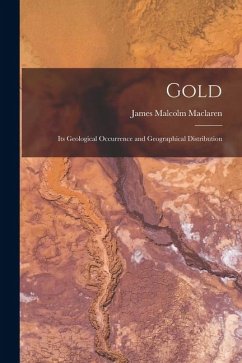
Geographical Overview of the Three Gorges Dam and Reservoir, China

PAYBACK Punkte
8 °P sammeln!
The Three Gorges Dam and Reservoir on the Yangtze River, China, has been an ambitious and controversial project. The dam, the largest in the world as of 2008, will provide hydropower, help to manage flood conditions, and increase the navigability of the Yangtze River. However, this massive project has displaced human and animal populations and altered the stability of the banks of the Yangtze, and it may intensify the seismic hazard of the area. It has also hindered archeological investigations in the reservoir and dam area. This report, originally in the form of a Microsoft PowerPoint present...
The Three Gorges Dam and Reservoir on the Yangtze River, China, has been an ambitious and controversial project. The dam, the largest in the world as of 2008, will provide hydropower, help to manage flood conditions, and increase the navigability of the Yangtze River. However, this massive project has displaced human and animal populations and altered the stability of the banks of the Yangtze, and it may intensify the seismic hazard of the area. It has also hindered archeological investigations in the reservoir and dam area. This report, originally in the form of a Microsoft PowerPoint presentation, gives a short history and overview of the dam construction and subsequent consequences, especially geologic hazards already noted or possible in the future. The report provides photographs, diagrams, and references for the reader's further research - a necessity, because this great undertaking is dynamic, and both its problems and successes continue to evolve. The challenges and consequences of Three Gorges Dam will be closely watched and documented as lessons learned and applied to future projects in China and elsewhere. This work has been selected by scholars as being culturally important, and is part of the knowledge base of civilization as we know it. This work was reproduced from the original artifact, and remains as true to the original work as possible. Therefore, you will see the original copyright references, library stamps (as most of these works have been housed in our most important libraries around the world), and other notations in the work. This work is in the public domain in the United States of America, and possibly other nations. Within the United States, you may freely copy and distribute this work, as no entity (individual or corporate) has a copyright on the body of the work. As a reproduction of a historical artifact, this work may contain missing or blurred pages, poor pictures, errant marks, etc. Scholars believe, and we concur, that this work is important enough to be preserved, reproduced, and made generally available to the public. We appreciate your support of the preservation process, and thank you for being an important part of keeping this knowledge alive and relevant.










![Climates and Health Resorts of Canada [microform]: Being a Short Description of the Chief Features of the Climate of the Different Geographical Divisi Cover Climates and Health Resorts of Canada [microform]: Being a Short Description of the Chief Features of the Climate of the Different Geographical Divisi](https://bilder.buecher.de/produkte/65/65605/65605969n.jpg)

